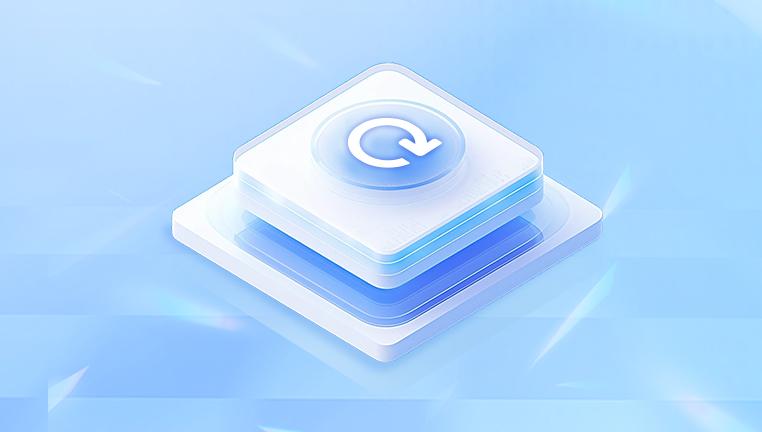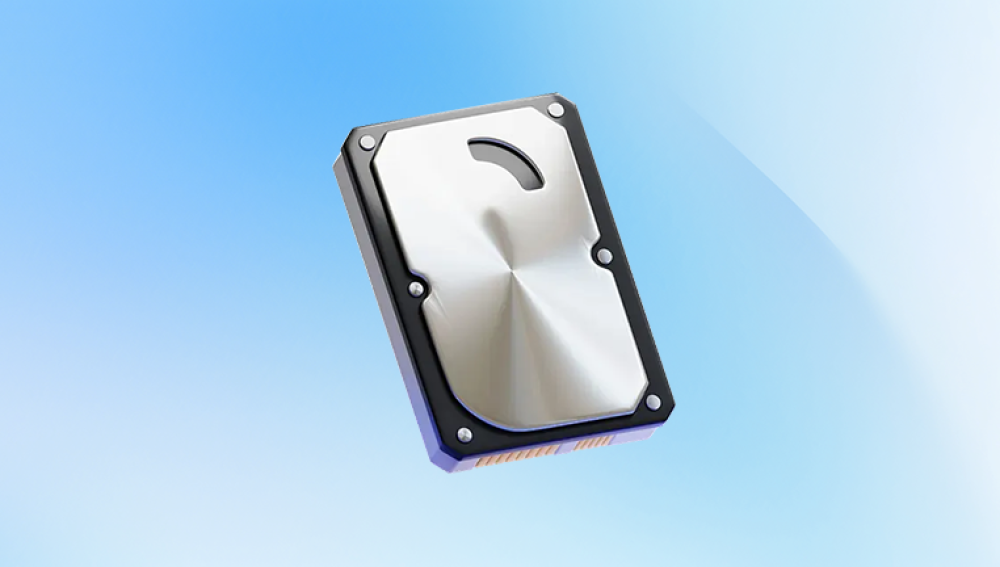Formatting a hard drive is often seen as the digital equivalent of wiping the slate clean. It can be intentional, like preparing a drive for a new operating system, or accidental, which is far more stressful. But here’s the good news: formatting doesn't always mean your files are gone forever. In most cases, data remains on the drive and can be recovered using the right techniques.
Chapter 1: What Happens During Formatting?
Understanding the formatting process is crucial for successful data recovery. When you format a drive, the operating system removes the file system table entries, which are essentially maps to where your data is stored. However, the actual data isn’t immediately deleted; it remains on the disk until overwritten.
There are two types of formatting:
Quick Format: This type of format deletes the file system entries but doesn’t overwrite the actual files. It’s fast and commonly used.

Full Format: This erases file system entries and scans the disk for bad sectors. In newer operating systems, it may overwrite data, making recovery harder but not always impossible.
Chapter 2: Reasons Drives Get Formatted
Drives can be formatted for several reasons, including:
Installing or reinstalling an operating system
Fixing drive errors
Removing malware or viruses
Changing the file system format (e.g., from FAT32 to NTFS)
Human error (accidental formatting)
Knowing the reason for formatting can help determine the best recovery strategy.
Chapter 3: Factors Affecting File Recovery Success
Several factors influence whether your files can be successfully recovered:
Type of Format: Quick format offers higher recovery chances than a full format.
Drive Usage After Formatting: Writing new data may overwrite the files you want to recover.
Type of File System: Some recovery tools work better with specific systems like NTFS, FAT32. or exFAT.
Time Passed Since Formatting: The sooner you act, the better your chances.
To increase the likelihood of recovery, stop using the drive immediately after formatting.
Chapter 4: First Steps After Formatting
Stop Using the Drive: Avoid saving new files or installing software on the formatted drive.
Disconnect the Drive: If possible, remove the drive from your system and connect it to another computer for recovery.
Create a Disk Image: This is an optional but useful step. Creating a clone of your formatted drive ensures a backup during the recovery process.
Chapter 5: Choosing a Data Recovery Tool
Drecov Data Recovery
When you format a drive, the data doesn’t immediately disappear it simply becomes hidden and marked as available space. Drecov Data Recovery capitalizes on this by detecting traces of the original files before they are overwritten. Whether the hard drive was formatted due to human error, system reinstallations, or file system conversion, the software can help.
To begin recovery, download and install Drecov Data Recovery on a different drive than the one you wish to recover from. Launch the software, select the formatted hard drive, and choose between a quick scan or a deep scan based on your needs. The tool supports NTFS, FAT32. exFAT, and other file systems, making it versatile for internal and external drives.
Once scanning completes, the software presents a list of recoverable files, allowing you to preview and selectively restore what you need. Save recovered files to a secure location on a separate storage device to avoid overwriting lost data.
Chapter 6: Step-by-Step Recovery Using EaseUS (Example)
Download and Install: Install EaseUS on a different drive than the one you want to recover.
Launch the Program: Open the software and select the formatted drive.
Run a Scan: Choose a deep scan to search for all recoverable files.
Preview Files: Once scanning is complete, preview the files found.
Select Files to Recover: Choose the files you want to restore.
Save Files to Another Drive: Avoid recovering files to the formatted drive to prevent overwriting.
Chapter 7: Using Free Tools (Recuva & TestDisk)
Recuva:
Best for quick format recovery
Simple wizard for beginners
Good for documents, photos, and videos
TestDisk:
Command-line interface
Ideal for recovering partitions
Supports a wide range of OS and file systems
PhotoRec:
Companion to TestDisk
Recovers specific file types like photos and archives
Chapter 8: Recovering from External Drives
External drives are often formatted when switching between systems or preparing for new use. Recovery steps are similar:
Connect the drive to your PC
Use a trusted recovery tool
Run a deep scan
Preview and recover files to a different storage location
Tip: Make sure the external drive is properly detected before scanning.
Chapter 9: Recovering from Mac Drives
Mac users often use APFS or HFS+ formatted drives. Tools like Stellar Data Recovery for Mac or Disk Drill for macOS work best for these formats.
Steps:
Install the software on a different volume
Select the formatted drive
Scan and preview recoverable files
Restore to a safe location
Chapter 10: Drive Imaging for Safe Recovery
Creating a disk image is like taking a snapshot of your drive. It prevents further damage and allows multiple recovery attempts.
Tools for Imaging:
Clonezilla
Macrium Reflect
R-Studio (has built-in imaging)
Create the image, mount it as a virtual drive, then use recovery tools on the image instead of the original disk.
Chapter 11: When You Need a Professional
If your drive has physical damage or if software recovery fails, a professional recovery service may be your best option.
Signs You Need Expert Help:
Clicking or grinding noises
Drive not recognized by BIOS or OS
Previous recovery attempts failed
Top Services:
DriveSavers
Ontrack
Secure Data Recovery
These services use cleanroom labs and specialized equipment to recover data. Prices vary based on severity and urgency.
Chapter 12: Tips to Improve Recovery Chances
Don’t install recovery software on the formatted drive
Don’t run CHKDSK or other repair tools
Use deep scan if quick scan fails
Use preview to confirm file integrity
Keep drive cool and undisturbed during scanning
Chapter 13: What to Do After Recovery
Once you've recovered your files:
Backup important data immediately
Check recovered files for corruption
Store backups on multiple devices or cloud services
Chapter 14: How to Prevent Future Data Loss
Avoiding data loss is better than recovering from it. Here are some tips:
Use Cloud Storage: Google Drive, Dropbox, OneDrive
Create Scheduled Backups: Use backup software or system tools
Enable File Versioning: Useful for recovering older versions of files
Label and Protect Drives: Prevent accidental formatting
Use Disk Partitions: Separate OS and personal data
Remember, time is crucial the longer you wait, the higher the chance your data gets overwritten. And once your files are back, take steps to ensure they stay safe in the future through regular backups and careful drive management.




